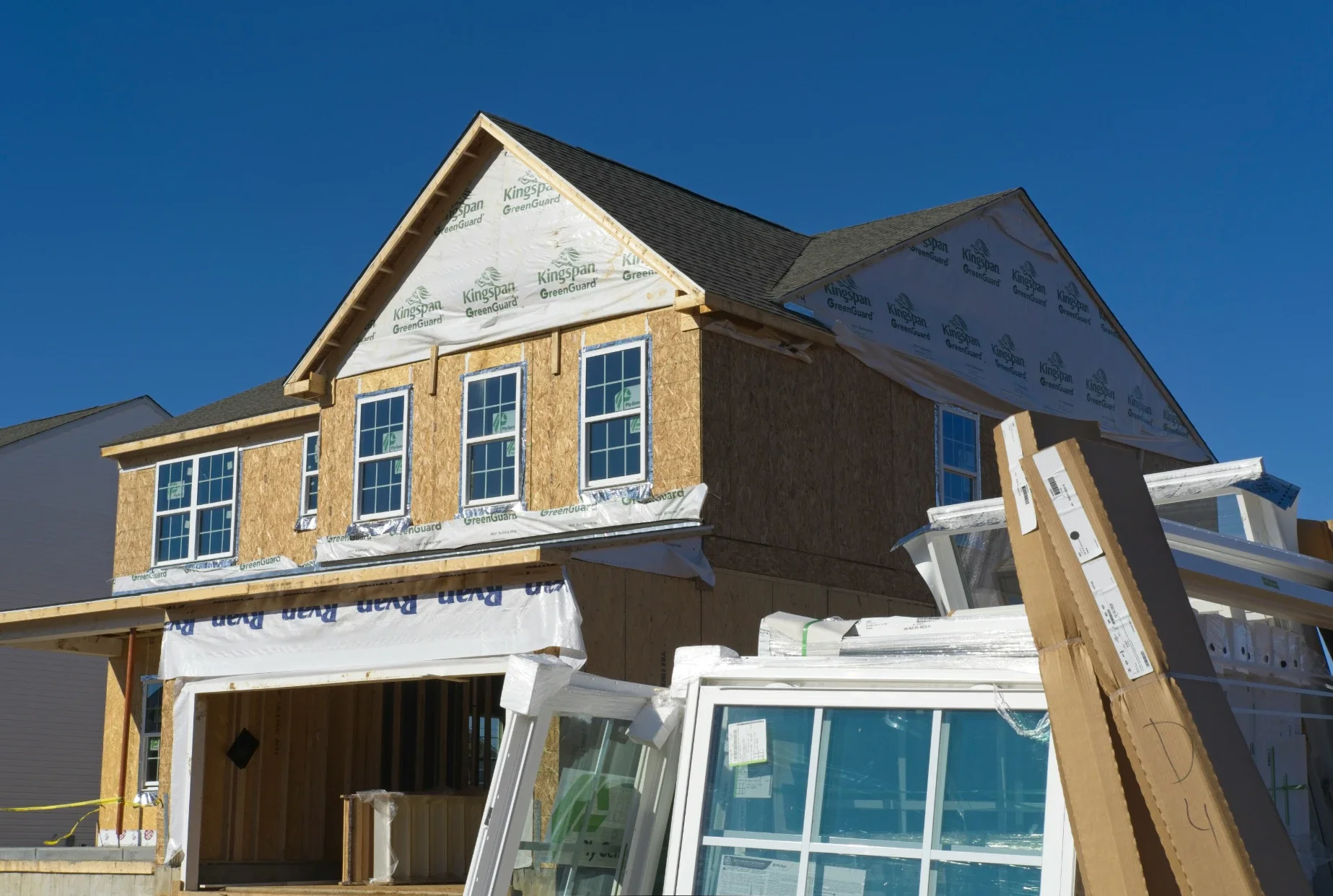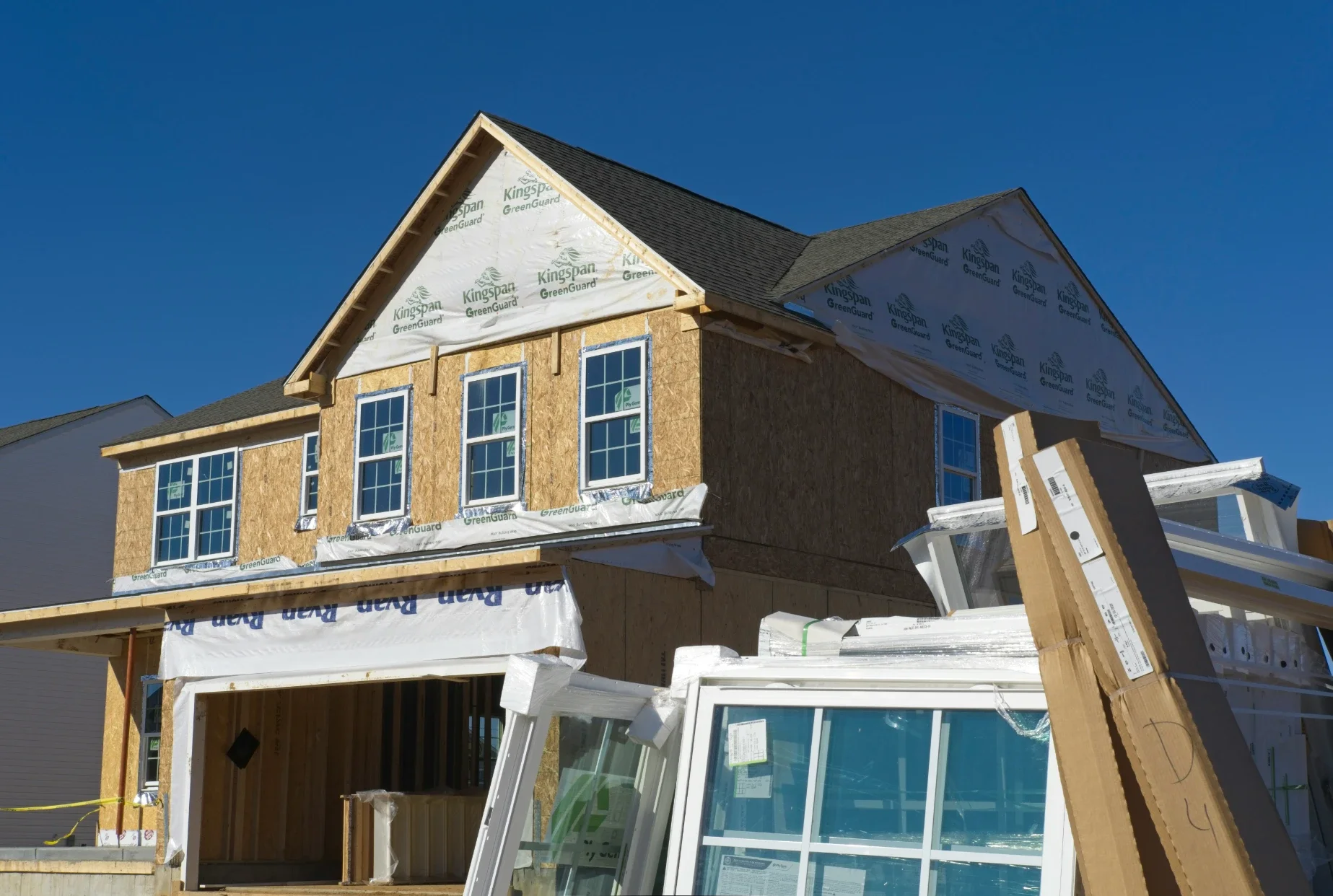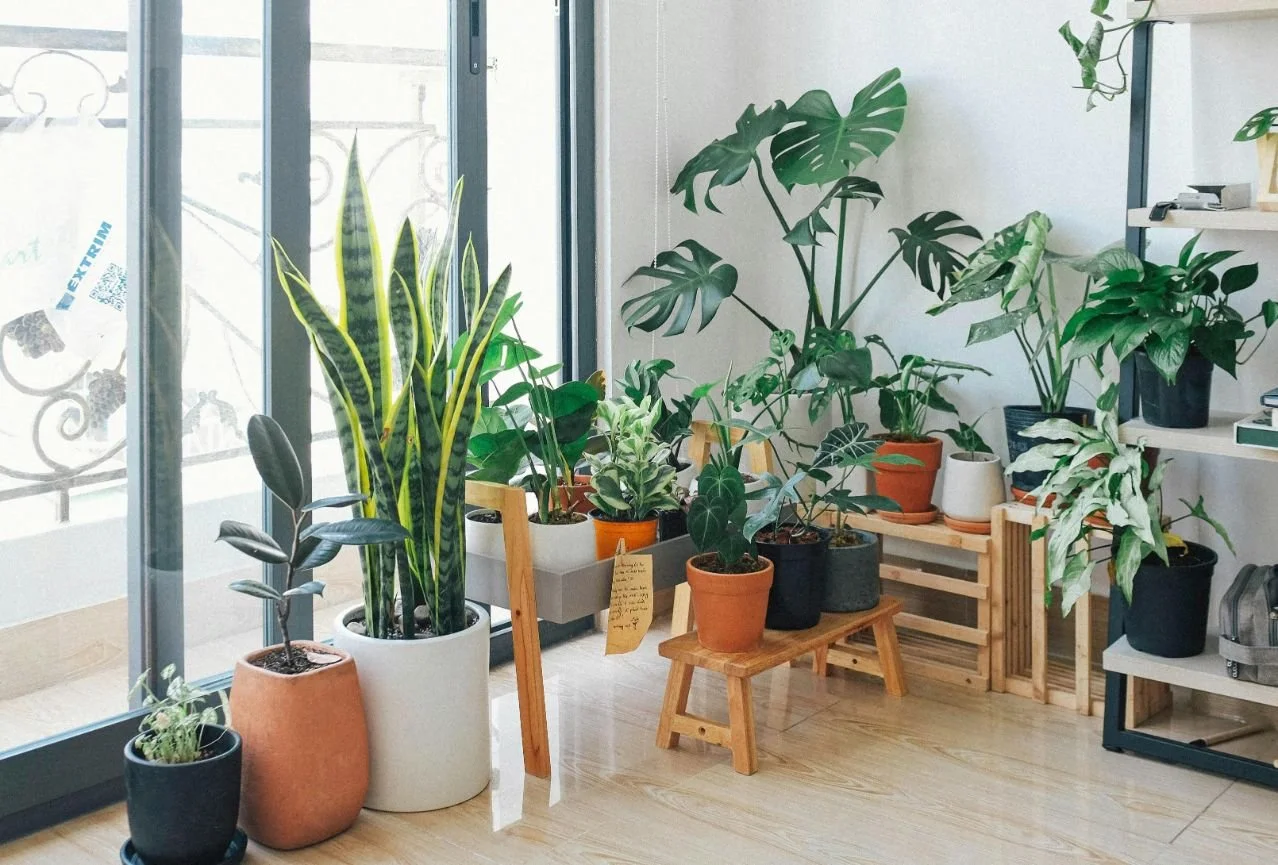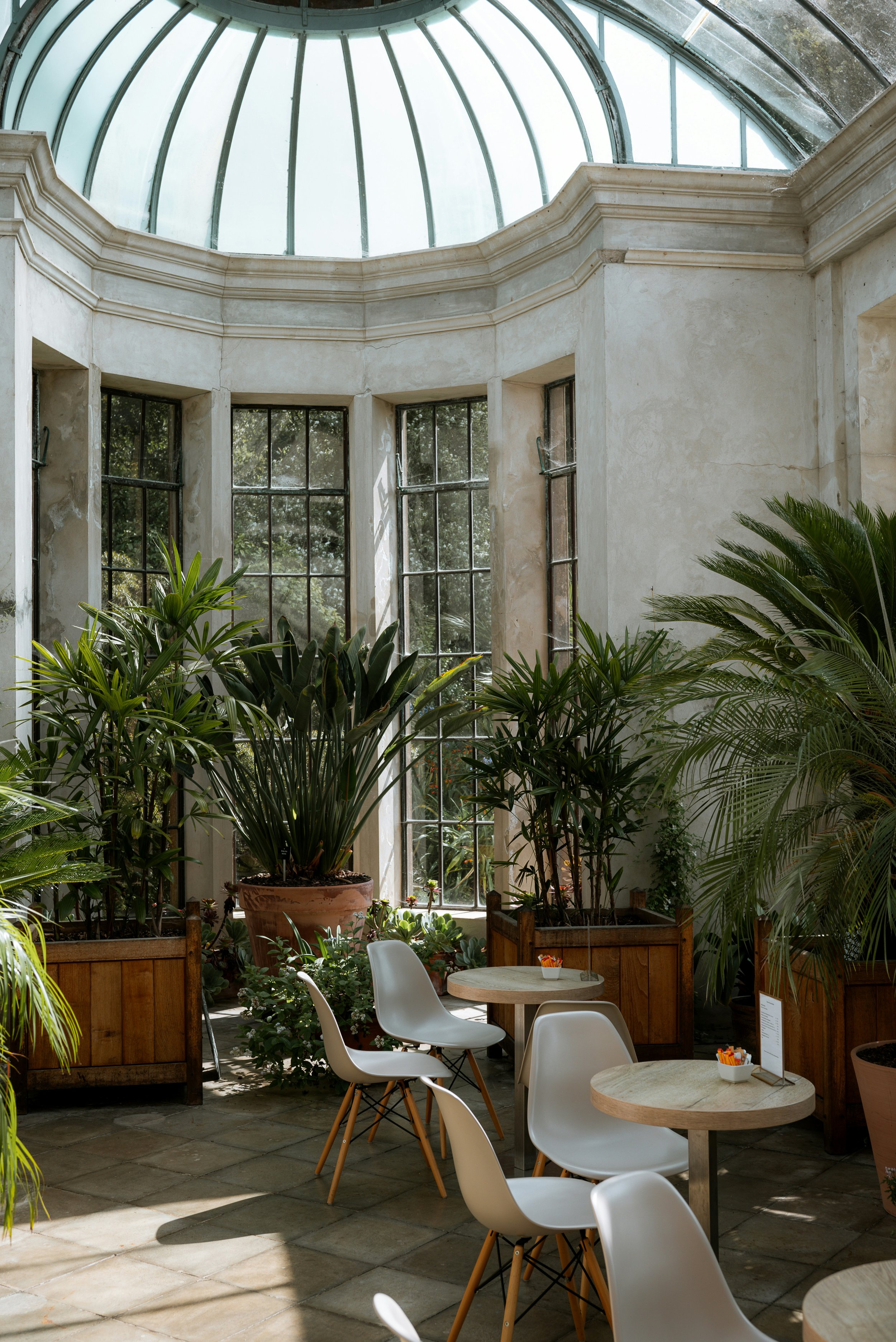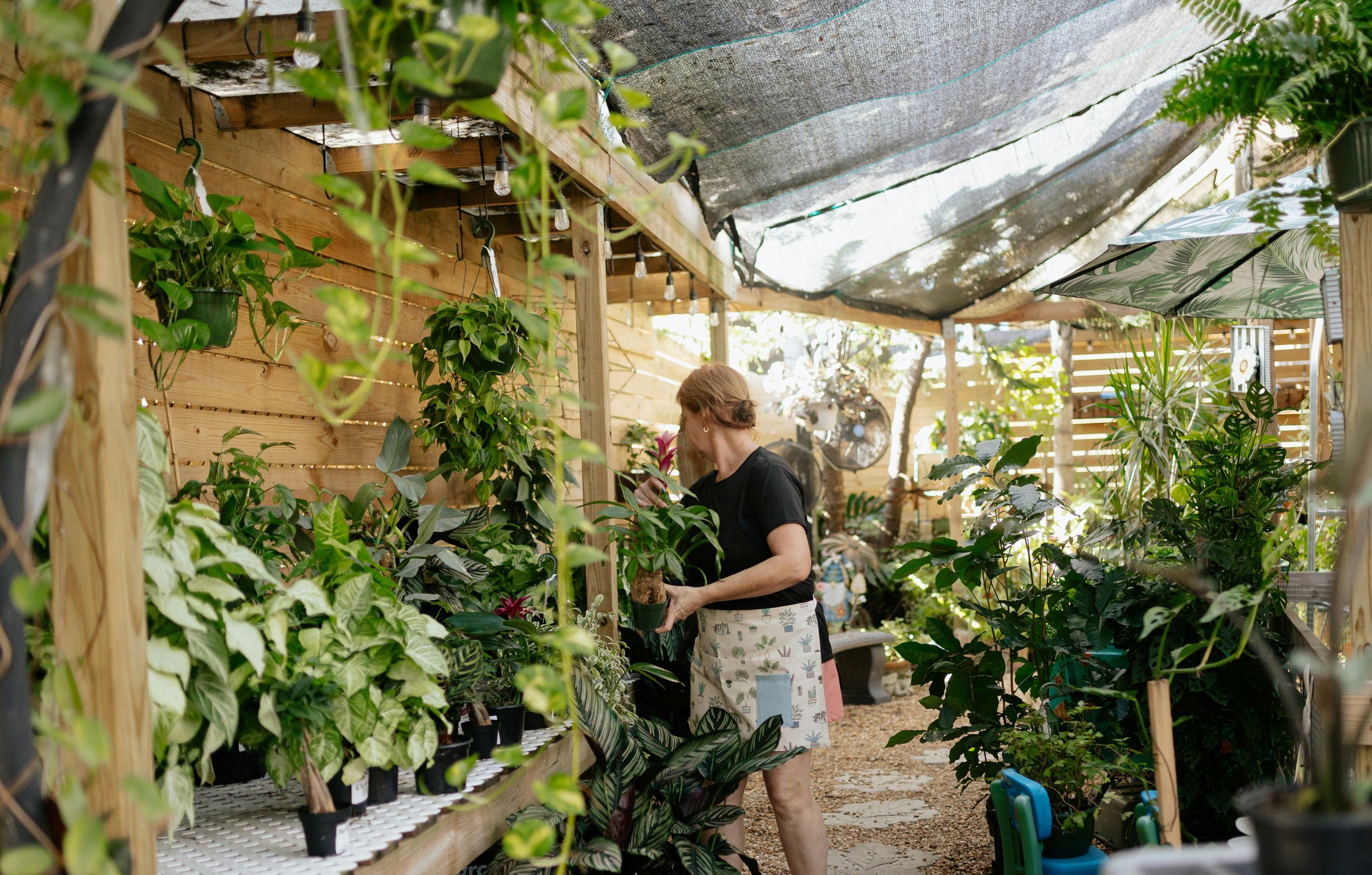Innovative Sustainable Practices in Residential Estate Developments
Explore innovative sustainable practices shaping modern residential estate developments, with smart design, energy efficiency, and eco-friendly solutions for long-term value.
Residential estate developments are evolving.
Fast.
If you're not already on top of the latest sustainable practices taking the industry by storm, you're already behind the game. The modern homebuyer is looking for homes that meet their needs AND values. Sustainable developments that lower their environmental footprint and allow them to live the life they want are becoming an absolute necessity to appeal to today's market.
Sustainability is quickly becoming the new standard for successful land development projects all over the world. The forward-thinking developers are winning the day – their innovative, sustainable practices are producing higher property values, faster sales and more engaged community members than their more traditional peers.
And did we mention that most of these practices save money in the long term while also creating an overall better environment for people to live in?
That's right…
In this blog, we're sharing…
The reasons sustainable developments are outperforming their traditional counterparts
The top innovative sustainable practices taking the estate industry by storm
The strategies to implement green building practices
What the future of sustainable community planning will look like
Let's get started!
Why Sustainable Estate Development Is More Important Than Ever
Did you know that the building sector accounts for 40% of global energy consumption and is one of the world's largest producers of greenhouse gas emissions? That's a lot of energy.
The good news is that residential estate developments have a significant opportunity to make an impact. The homebuyer of today is shopping for properties with sustainability as a top priority. Some 46% of real estate buyers are actively searching for sustainable features when they buy, according to recent research.
It's not just early adopters looking for sustainable features, either. The data has become crystal clear: properties that offer sustainable features command a higher price premium, and they sell more quickly than their traditional counterparts. Sustainability is no longer the niche market that it once was – it is a new demand from mainstream buyers.
Smart Energy Systems: Where To Start
First things first.
Energy efficiency is where every smart sustainable development needs to start.
The truly innovative residential estates of the future are looking to incorporate renewable energy systems into their projects from day one. Solar panels, geothermal heating and wind energy are all increasingly becoming part of the expected landscape.
Here are some examples of how leading developments are already at the game:
Community solar farms can power multiple homes
Solar orientation of homes
Integration of battery storage systems
Smart home technology to reduce consumption
LEED-certified buildings alone are expected to save 20-40% in energy, depending on the level of certification. That's real money that's being pumped back into the homeowner's pockets every month.
Developments that are leading the way are layering multiple renewable energy sources and building truly sustainable and resilient energy systems for their communities.
Water Conservation: Beyond The Basics
The next major growth area is water conservation.
Water is quickly becoming the new gold in residential estate development. Savvy developers are now planning for comprehensive water management systems well in advance of buildings that go far beyond low-flow toilets and showers.
Innovative sustainable practices that top developments are now installing include:
Rainwater harvesting systems to feed irrigation
Greywater recycling for non-potable usage
Native and drought-tolerant landscaping
Permeable paving that reduces runoff
Smart irrigation with weather sensors
Smart sustainable developments understand these are strategic investments that will pay dividends in the long run while also protecting the earth's water sources.
Green Building Materials: Healthy Choice
Something else that the majority of developers are overlooking…
The materials that you use in your project don't just impact the environment, but also the health of the people who live there. It's not uncommon for certain materials to release chemicals into the air for years after construction is completed.
Smart developers who are ahead of the game are using:
Low VOC paints and finishes
Sustainable timber from certified sources
Recycled/reclaimed materials
Natural insulation materials
Non-toxic adhesives and sealants
This not only creates a healthier living environment for your occupants, but also helps to reduce your environmental footprint. The good news is that many of these materials are now competitive on price with traditional materials.
Community Design: Livable Spaces For All
Sustainability is not just about individual homes and their sustainable features, however. It's also about how the entire community is designed.
The most successful sustainable residential estates are being designed from the ground up with the concept of walkability at their core. This means that homebuyers should be able to access community amenities and parks without having to get in their car.
The game-changing features that are setting these developments apart are:
Mixed-use elements including retail nearby
Extensive pedestrian and cycling infrastructure
Green spaces throughout
Community gardens and shared amenities
EV charging infrastructure
Planning a community in this way not only dramatically reduces transportation-related emissions, but also creates more tight-knit, livable communities. The majority of these features are high on modern homebuyer's wish lists.
Biodiversity And Native Landscaping
One of the easiest ways to set yourself apart as a residential developer is to show you care about local ecosystems.
The most successful sustainable estates are taking full advantage of the native plants in the area where they are being built.
Benefits of native landscaping include:
Reduced maintenance costs
Lower water requirements
Support of local biodiversity
Natural pest control
Resilience to climate impacts
Native plants that already naturally thrive in your development area should be the backbone of your landscaping strategy. Smart sustainable developments are creating little pockets of native habitat all over their estates.
Smart Technology Integration
Sustainable residential estate development of the future is going to be enabled by smart technology.
Smart home systems can be a huge boon to optimizing energy use in homes, and reducing the environmental impact of your communities. The most innovative developments will be those who take this technology into account from the very beginning.
Some great examples include:
Automated and smart climate control systems that can learn your preferences
Real-time energy usage monitoring
Smart water leak detection systems
Community-wide sustainability performance tracking
EV charging integration
Homebuyers know that sustainable living is a complex endeavor, but it's this kind of technology that will make it effortless. Systems take care of optimization automatically and provide transparency and detailed data to residents about resource use.
The Certification Advantage
The last pro tip we have for you is to always be working toward green building certification.
Certification has become more important than ever before as it provides third party, objective verification of your sustainability claims, and can significantly boost the marketability of your developments.
The main green building certifications to look at for your project include:
LEED (comprehensive sustainability)
Energy Star (energy efficiency)
WELL Building Standard (health)
Living Building Challenge (for more ambitious developments)
Certification can be a huge differentiator for your developments, as studies show certified developments can command a higher price premium and are more attractive to the increasingly environmentally-conscious buyers. The value of green building certification usually pays for itself through higher prices and accelerated sales.
Just make sure you have actual performance to back up the certification.
If the sustainable claims aren't borne out by reality, residents will be able to tell.
Wrapping Up
Sustainable residential estate development is no longer a nice to have. Smart developers who are getting in on the game of innovative sustainable practices now will be best placed for long term success.
The key is integration. Sustainable practices will only be as good as they are integrated into a project from the beginning. It's important to plan for sustainability at every stage of a project, from site selection all the way through to community management
The best sustainable developments are those that create improved living environments that not only their residents but the wider community thrive in. That's the real magic of sustainable innovative practices.
Start implementing these strategies today.
